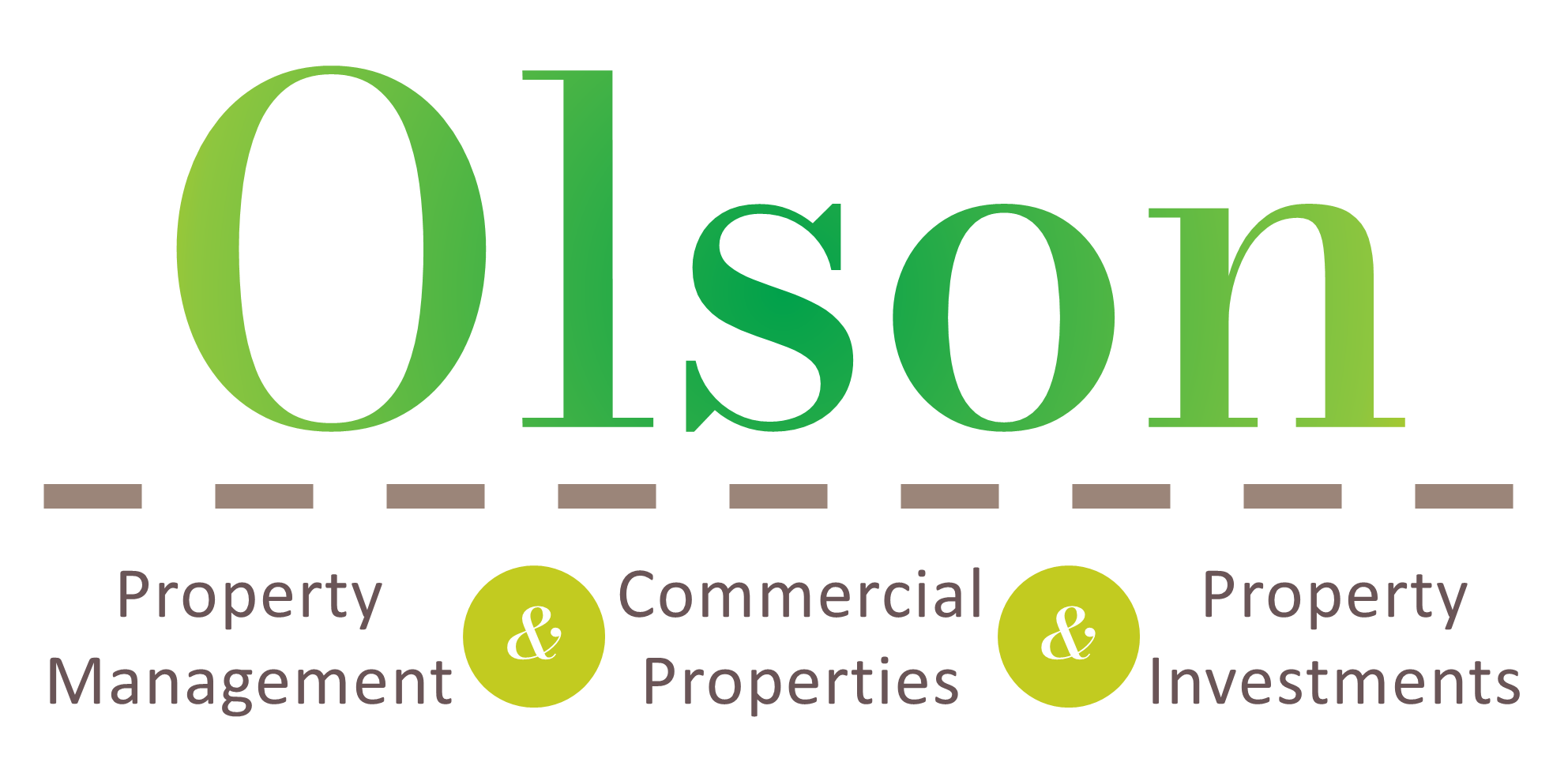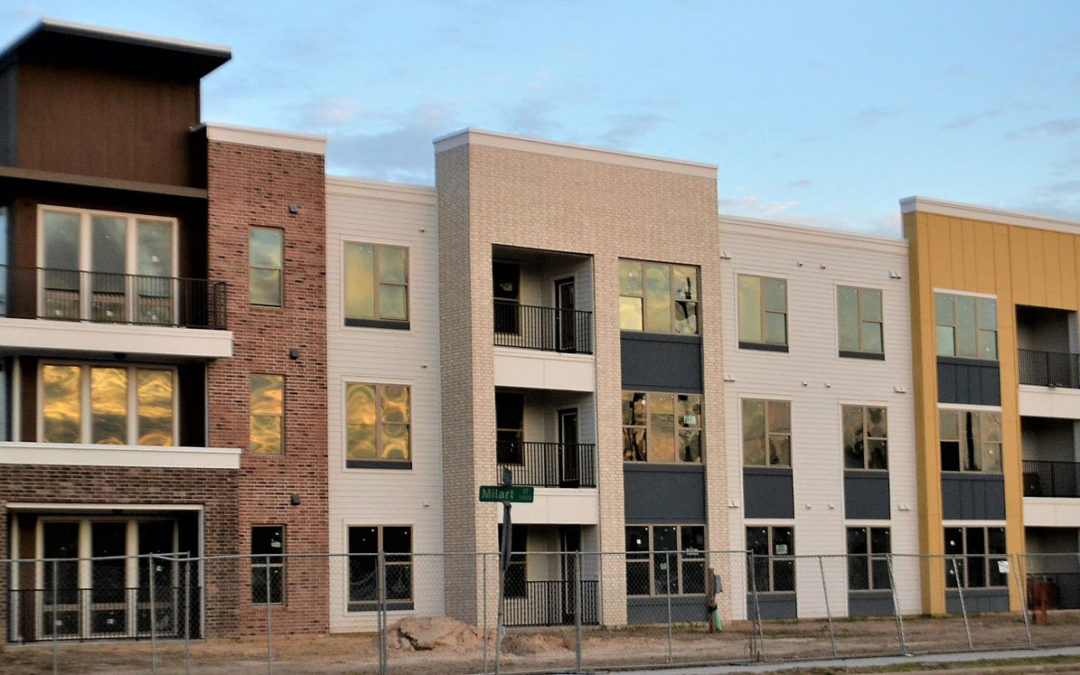In these unprecedented times, tenants are struggling to pay rent like never before. Millions have lost their jobs and states are issuing moratoriums on evictions. Many landlords worry about how they will maintain their properties and cover their mortgage payments.
These are uncertain, scary times for landlords. There is no clear guidance on how to handle late or missed rent payments. Property owners are torn between wanting to be compassionate while having no assurance that they will get similar help to cover their expenses and mortgages.
Having open communication with tenants is key. Working out a mutually beneficial agreement is best for all parties.
Here are some tips to help collect rents during this critical time:
1. Stay on top of local regulations
While the MN stay at home measure is in place, there is a moratorium on evictions of tenants and foreclosures of property owners. But, payments of rents and mortgage payments must ultimately be paid back in full. There is no current guidance on how or when the repayments will be made. It’s important to keep up to date on state and local regulations, so you know what is going on.
2. Communicate with tenants.
Don’t rely on tenants to give you notice that they won’t be able to pay rent. Check in with them so you know what to expect.
3. Ask for verification of job loss or other hardship.
There are varying degrees of hardship. Someone that lost a job and has no other income is in a far more dire situation that someone who lost 25% of their income but still makes a reasonable wage. Take this into account when the time comes to serve a notice to pay or arrange for rent catch-up. Don’t be taken advantage of by a tenant that just wants to avoid paying rent.
4. Ask for partial payment.
Once you’ve verified the tenant’s true financial situation, work with them to see if they can make partial payments. Since rent must be caught up eventually, making partial payments now can make repayment easier for the tenant later. Whatever the agreement, be sure to put it in writing.
5. Set up a payment plan.
Rents must ultimately be caught up. As soon as possible, get agreement on a payment plan. For example, spread the unpaid rent over the remaining months in the lease. Again, put the agreement in writing.
6. Ask your lender for help.
One of the biggest fears for landlords is defaulting on mortgage payments. If you find that rent collections will not cover your mortgage payment, reach out to your lender. Carefully review your expenses and defer what you can. Then, let your lender know what you can afford to pay. Your lender may be willing to temporarily lower your payments or offer a low-interest loan.
7. See if you qualify for a government loan.
The Small Business Administration (SBA) offers Economic Injury Disaster Loans (EIDL) for rental property owners. The loans can be for up to $2M, amortized over 30 years, with no payments for the first 12 months. For more information, visit the SBA website here.
8. Get creative when filling vacancies.
Due to social distancing, it’s not easy to physically show properties. Live virtual tours of vacant units over Facetime or Zoom can be a great way to showcase units and answer questions in real time. Incentives such as a month of free rent, reduced security deposits or free parking spaces can also help.
If you’re looking for more information or creative ideas on how to manage reduced rents in this crisis, please contact us here.
*****
Olson Property Management is locally owned and managed. Through strategic, responsive management, we create operational and financial stability for property owners and associations. Our unique, boutique approach allows us to customize services to fit the budget and complexity of your property or association.
Contact us here to learn more about how we deliver the highest quality service at a value that makes sense.

